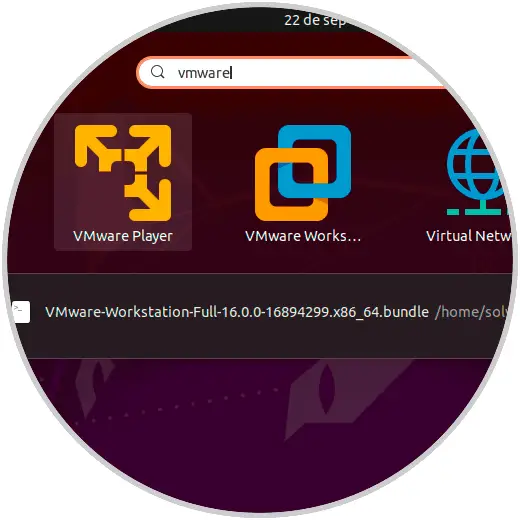

3D Graphics acceleration – I dont want my guest to behave like a slug.So what other virtualisation software could I use on my Ubuntu 14.04 host? My basic requirements were straightforward: Every new version it seems brings new problems. I’ve had numerous X-windows crashes & failures to suspend to resume. I had been an avid VirtualBox user but I’ve become increasingly disenchanted with VirtualBox unstable nature. VMware-Player-6.0.0-*.Over the recent weeks I’ve been using VMWare Player to play, experiment and develop in various operating systems & various versions of Ubuntu.

Check “Allow executing file as program” at Permissions tab.įinally open terminal by Ctrl+Alt+T and execute command to start the installation: cd Downloads & sudo. Right click on the file and go to its Properties window. Then rename the download package from VMware-Player-6.0. to VMware-Player-6.0. You may check os type 32-bit or 64-bit by System Settings -> Details.
 This version of VMware Player includes VMware hardware Version 10.įirst download the package from the official download page. VMware has enhanced the capabilities of Restricted Virtual Machines to include the ability to expire on a specified date and time. Support for Windows 8.1 and Windows 8.1 Enterprise, Windows Server 2012 R2, Ubuntu 13.10 and the latest Fedora, CentOS, Red Hat and OpenSUSE releases.
This version of VMware Player includes VMware hardware Version 10.įirst download the package from the official download page. VMware has enhanced the capabilities of Restricted Virtual Machines to include the ability to expire on a specified date and time. Support for Windows 8.1 and Windows 8.1 Enterprise, Windows Server 2012 R2, Ubuntu 13.10 and the latest Fedora, CentOS, Red Hat and OpenSUSE releases.  VMware Player 6 includes a Simplified UI mode that can be set to hide menu items in virtual machines. The installation has been enhanced with configuration settings to allow unattended installation of VMware Player using enterprise software configuration management tools. A license key for VMware Player can be purchased from the VMware online store. With this release VMware is introducing a commercial version of VMware Player called VMware Player 6 Plus. This tutorial shows what’s new in this release and how to install it in Ubuntu & Linux Mint. The VMware Player 6.0 has been released with many improvements.
VMware Player 6 includes a Simplified UI mode that can be set to hide menu items in virtual machines. The installation has been enhanced with configuration settings to allow unattended installation of VMware Player using enterprise software configuration management tools. A license key for VMware Player can be purchased from the VMware online store. With this release VMware is introducing a commercial version of VMware Player called VMware Player 6 Plus. This tutorial shows what’s new in this release and how to install it in Ubuntu & Linux Mint. The VMware Player 6.0 has been released with many improvements.







 0 kommentar(er)
0 kommentar(er)
